Mortal The floods that impacted parts of the southwest of the United States in recent days continued to decrease without flood alerts in force for the area from Saturday night. However, with more monzonic moisture on the way, the risk of sudden floods will increase for parts of the region on Sunday and Monday.
Another low pressure area will bring more moisture to the south of California and Arizona on Sunday, raising the threat to sudden floods. Although the threat level is only marginal (a level 1 of 4), the isolated electric storms and the heaviest rainy periods could lead to some floods located at prone points.
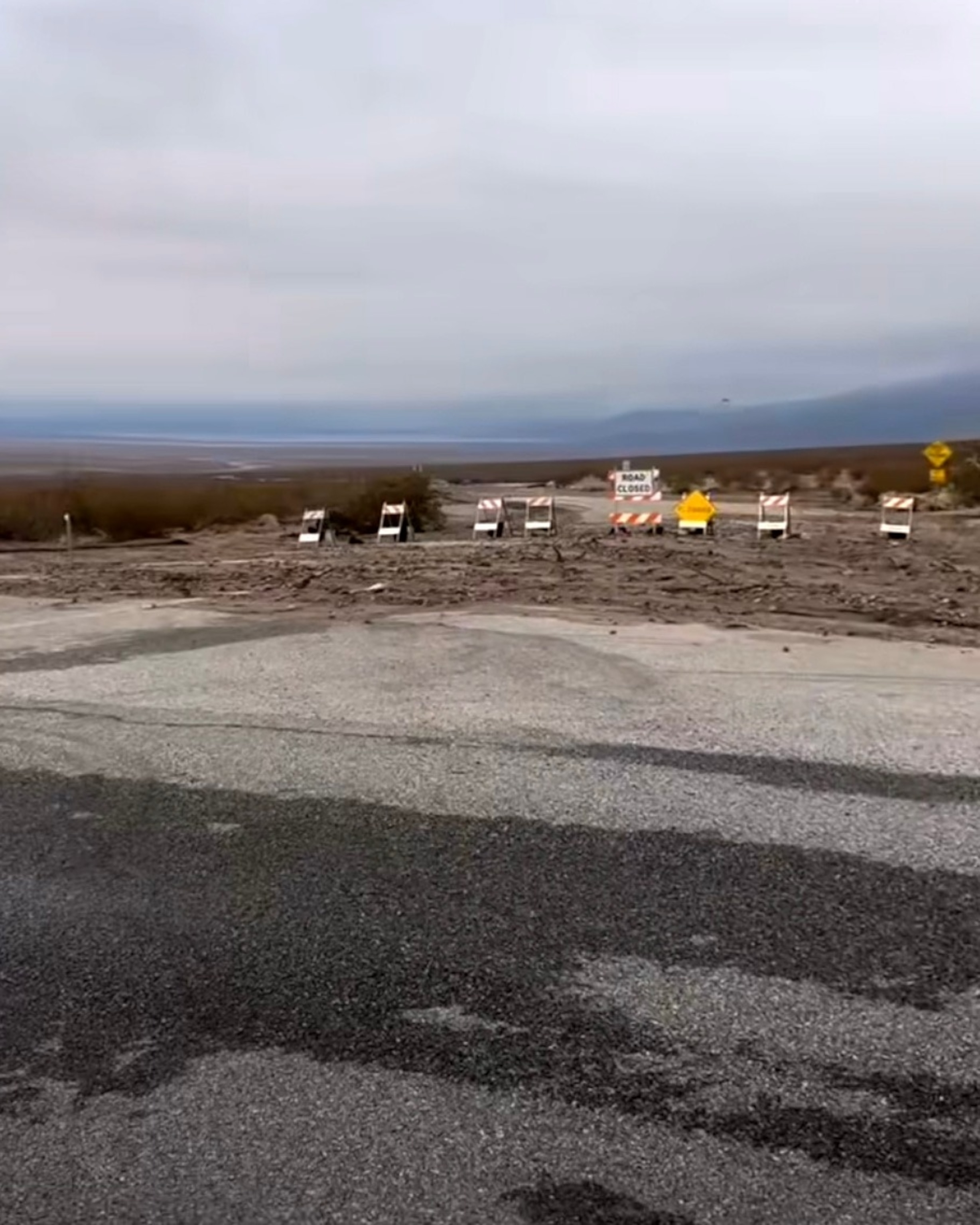
US 395 closed due to floods, on this screen of a video released by the California – Mojave road patrol, on September 19, 2025.
CHP-Mojave
In recent days, heavy rains and sudden floods soaked southwest and even became mortal in one case.
In Barstow, California, a 2 -year -old boy was swept after his family’s car was swept from a road and surpassed by floods. After a 20 -hour search, the authorities said the child’s body was recovered.
The sudden floods occurred in other parts of the southwest when the heaviest downpours fell from 1 to 2 inches of rain in about an hour for some points, which caused some paths to wash and anything on the path of the waters of the floods that are dragged.
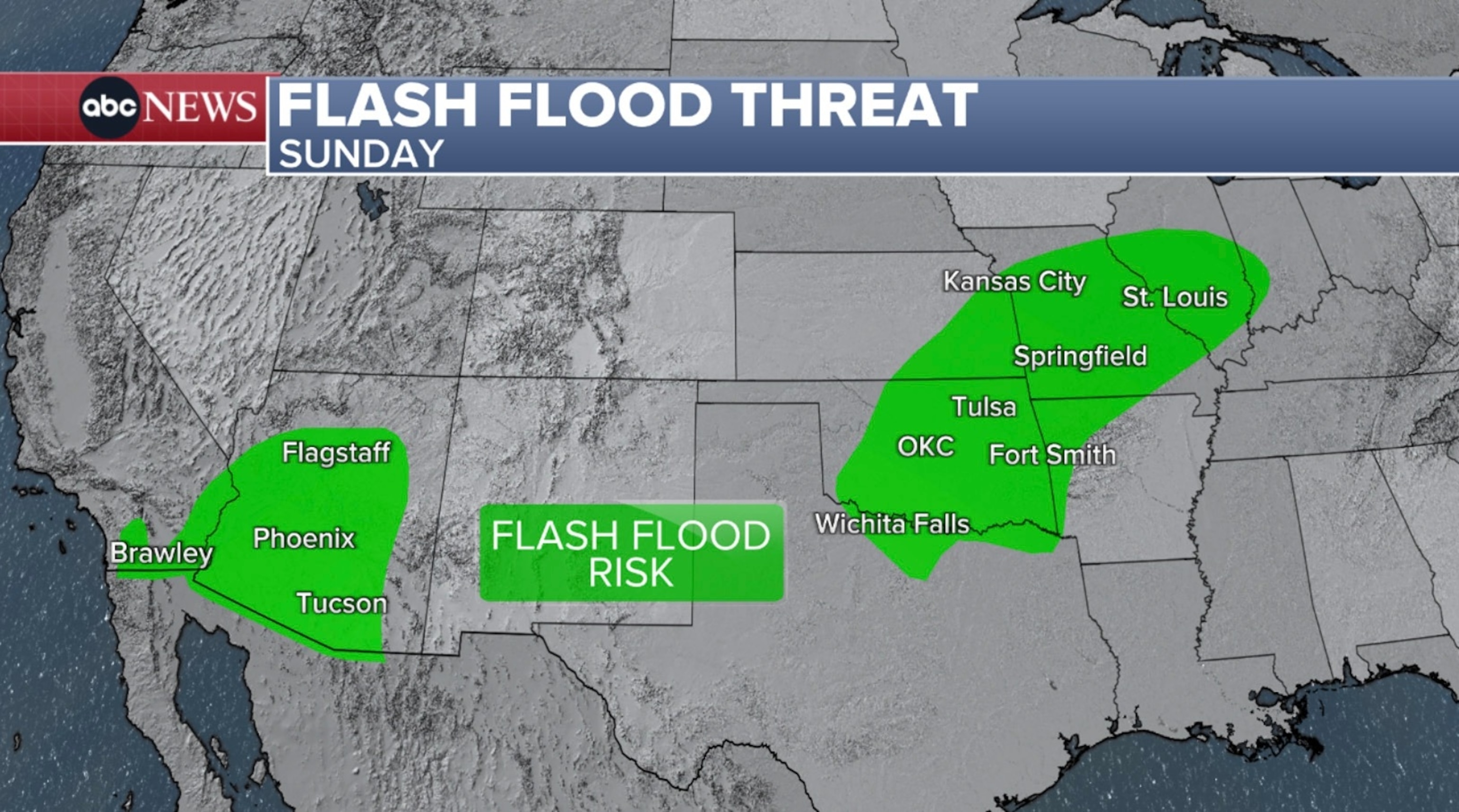
Looking towards the future, the threat to sudden floods in the southwest will change more east on Monday, covering a good part of Arizona and the West of New Mexico, as the shower activity increases over the region. Similarly, localized sudden floods cannot be ruled out, especially in flood -prone areas.
Any areas of burning scars will be especially prone to dangerous sudden floods that could trigger flow flows and landslides. Burned soil reduces the threshold for sudden floods, which means that even lower rainfall can cause significant sudden floods and other impacts, which develop rapidly.
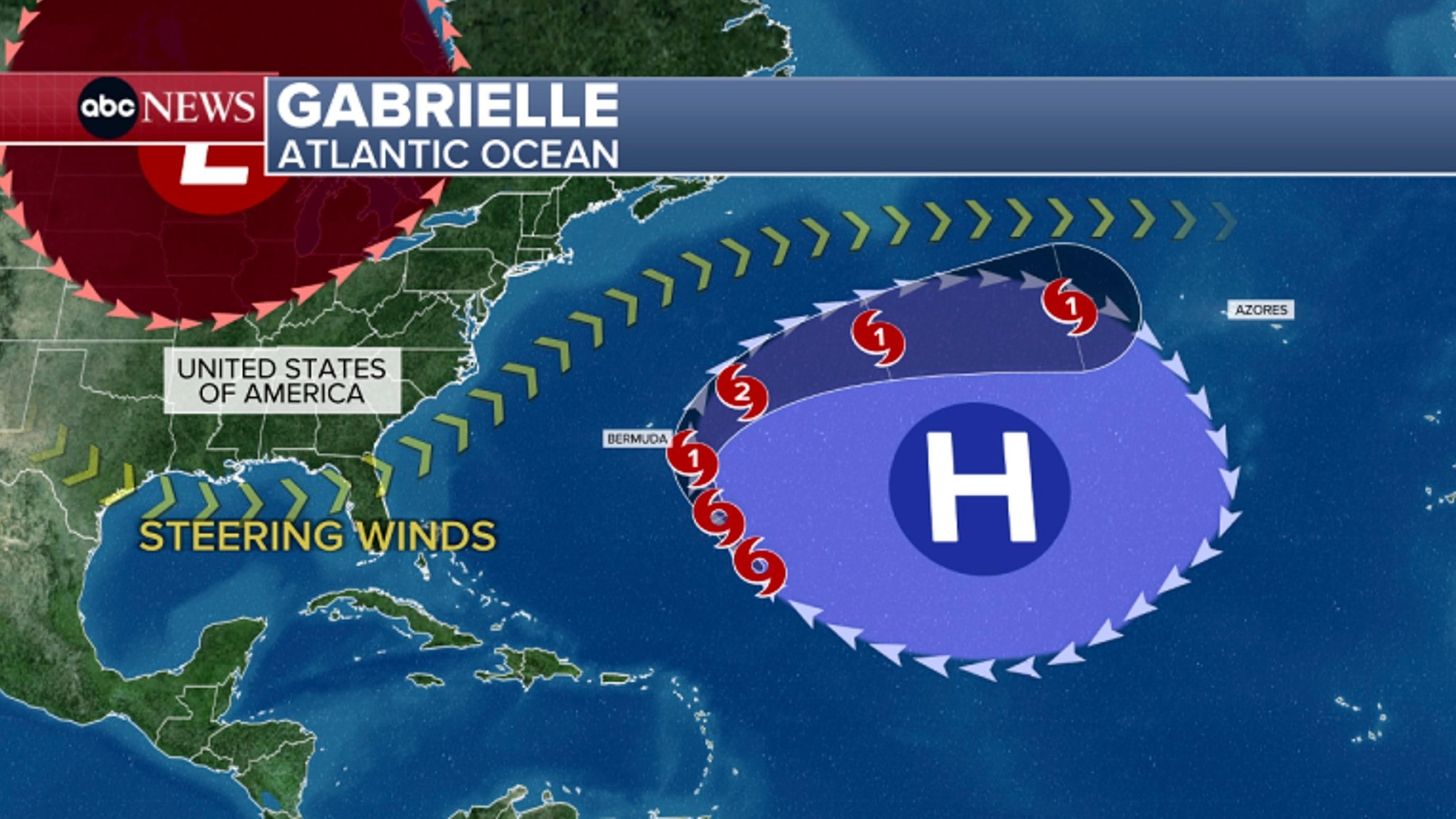
Meanwhile, the threat to sudden floods will also expand in the Center of the USA on Monday until Tuesday, which extends from Kansas and Oklahoma to Ohio.
The showers and thunderstorms, generalized, firing and pushing through the plains and the west medium, could carry locally heavy wells to parts of the region, which in turn could lead to floods.
Gabrielle Tropical Storm
The tropical storm Gabrielle continues to turn in the central Atlantic and will continue to strengthen. The storm is expected to become a hurricane later on Saturday night or Sunday.
If he becomes a hurricane, Gabrielle would become the second Hurricane of the Hurricane Season of the Atlantic 2025. On average, the second The hurricane is formed around August 26, which makes this hurricane almost a month after what was normally expected.
Until Saturday night, Gabrielle was located about 580 miles southeast of Bermudas.
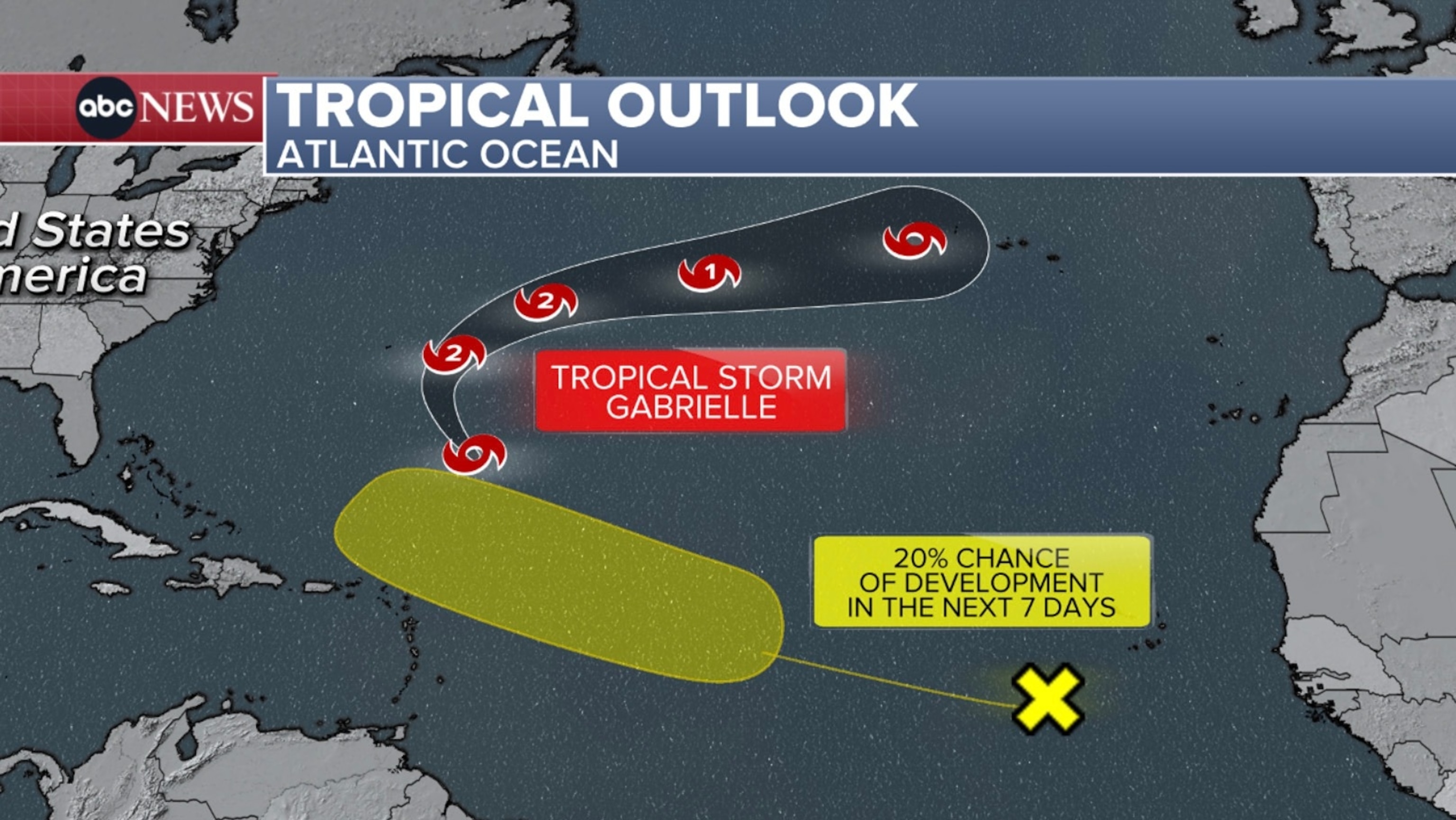
The center of the storm is expected to go east of Bermuda in early next week before assuming a trajectory more east through the Central-Norte Atlantic in the middle of the week.
At least, Gabrielle will affect Bermuda with dangerous surfing, large waves and potentially fatal brim currents as east. However, the outer bands of the storm could still cut the island on Sunday night to Monday, causing rains and wind impacts as well.
Although Gabrielle will not have any direct impact on the United States continent, he will still generate rough and hangover currents that threaten life along the east coast, from North Carolina to Maine at the end of this weekend until next week.
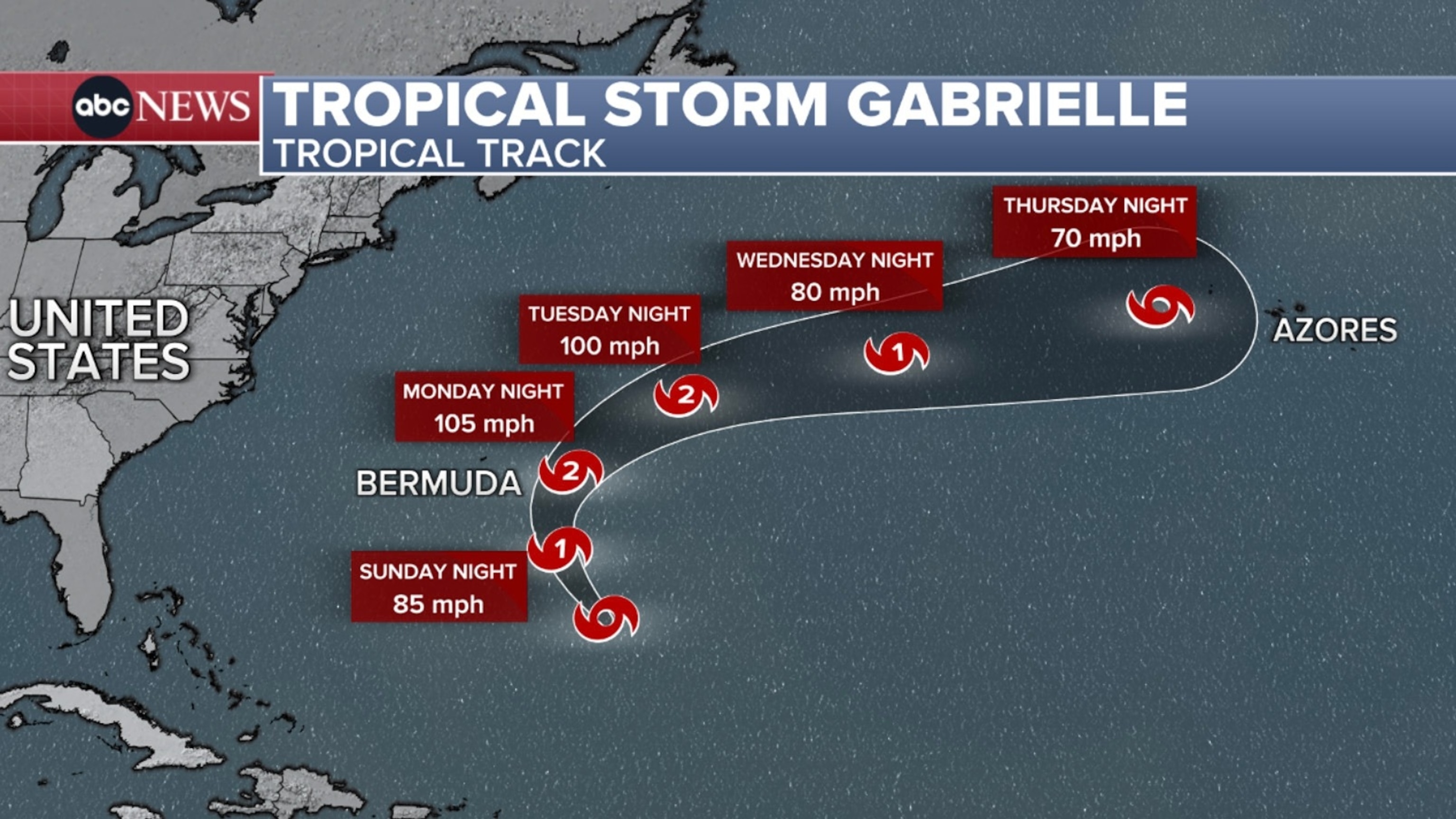
The National Hurricane Center is also seeing a weak tropical wave located on the West Coast of Africa, since it produces some disorganized electric storms.
It has a 20% development possibilities in the next seven days, since it walks slowly through the central Atlantic. While I could take a track similar to Gabrielle, more details about its development and their way are still uncertain at this time. Until then, this disturbance will continue to be closely monitored.
It is forecast that tropical activity in the Atlantic slows down in the coming weeks as conditions become more favorable for development.
The Atlantic hurricanes season extends until November 30.




